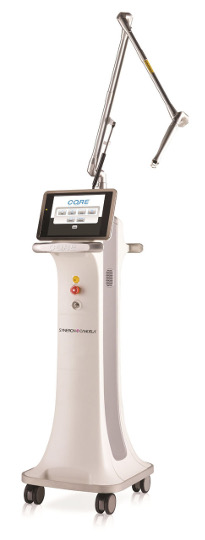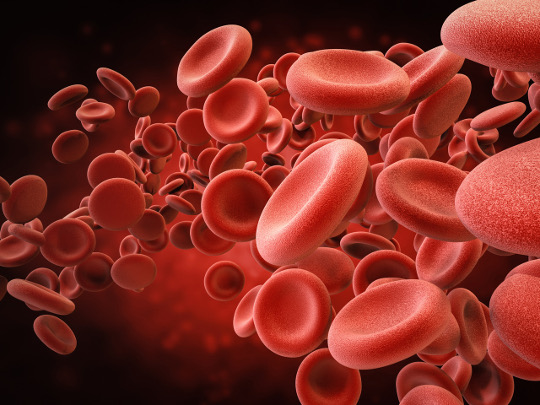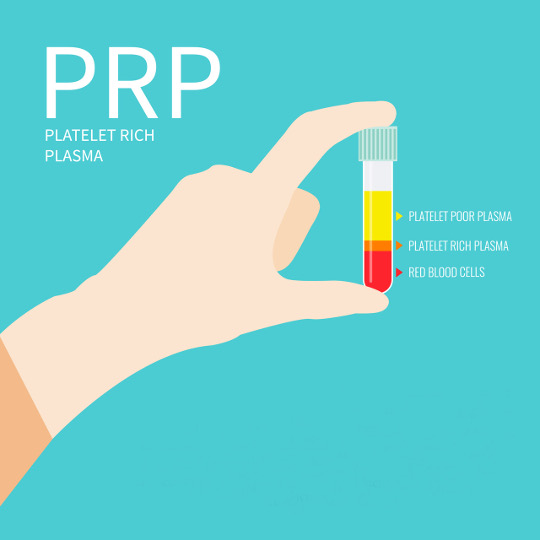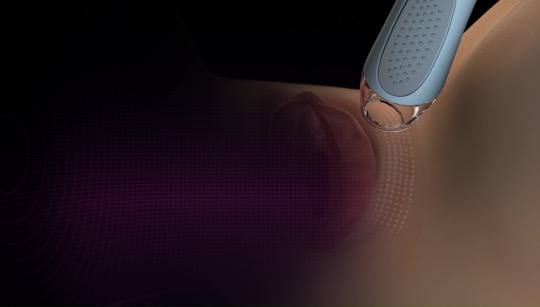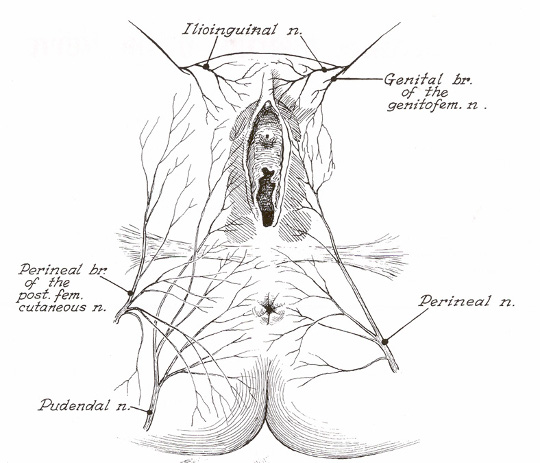Fractional CO2 Laser Rx
- Minimally invasive office treatment. Safe, easy, and clinically proven effective therapy for both vulva and vagina. Hygienic, single use probe. Can be safely combined with PRP therapy.
- CO2 Laser has been shown to remodel tissue with new formation of collagen and elastic fibers in atrophic skins. CO2 thermal properties stimulate healing responses that enhance moisture levels in the vaginal canal and restore flexibility, tone and shape of the tissue fibers.
- By combining the use of the surgical, external, or internal hand pieces, treatment can be customized to relieve various vulvar conditions, modify the cosmetic appearance of the vulva and relieve symptoms of vulvovaginal atrophy or dystrophy, and improve the vaginal mucosa for enhanced intimate wellness.
Platelet Rich Plasma Rx
- PRP [platelet rich plasma] therapy has been in use for many years as a regenerative therapy. When you have an injury to a soft tissue in your genitalia, your body naturally sends platelets to the area to start the healing process.
- PRP treatments direct concentrated platelets obtained from your own blood, into the damaged &/or inflamed tissue. Once in the tissues, the PRP releases active growth factors which attract and activate pluripotent stem cells in the area of injection, stimulating the growth of collagen and elastin, and improving local microcirculation, neuronal growth, and glandular proliferation in the affected area. This will result in rejuvenation and enhancement of damaged or inflamed tissue.
PelviCure Laser PRP™
- Groundbreaking work exclusive to the PelviCure Center where we have combined advanced fractional CO2 Laser Rx technology with PURE PRP II Therapy (Platelet Rich Plasma) to achieve unrivaled results in treating vulvovaginal pain and sexual dysfunction.
- The growth and healing factors of PRP & the deep thermal effect of fractional CO2 laser, complement each other in restoring the growth of epithelial cells, collagen & elastic fibers, new blood vessels, and nerves, and in promoting healing of chronic tears (cuts).
Nerve Blocks
- Nerve blocks (a mixture of long and short acting anesthetics and long acting steroid) are frequently used to relieve neuralgias, and are injected around the irritated nerves in the pelvis.
- The most commonly involved nerves are the pudendal, the genitofemoral, and the ilioinguinal nerves. The patient may need a nerve block just one time, or she may need to have it repeated at regular intervals, if symptoms recur.
Physical Therapy/Biofeedback & Psychosexual Medicine
- Patients with pelvic floor hypertonic dysfunction/ over activity (Levator ani myalgia), as well as associated fibromyalgia, may undergo 6-8 sessions of physical therapy and biofeedback. Anti-inflammatory and desensitization therapies are usually offered along when vulvodynia or vestibulodynia is also present.
- The physiotherapy/biofeedback services can be provided by any qualified gynecologic Physical Therapist including The Johns Hopkins Physical Therapists at Green Spring Station. When you begin physical therapy or pelvic floor rehabilitation for dyspareunia, we recommend that you abstain from intercourse for at least the first 4 to 6 weeks of service. We anticipate the need for a total of 6 to 8 visits usually scheduled 1 time per week, 1 hour sessions.
- We ask you to abstain from intercourse to allow the pelvic floor muscles to relax and respond appropriately to treatment. Our goals for treatment are to improve your control and awareness of the pelvic floor muscles and enhance your sexual appreciation. Treatment consists of several techniques to promote increased circulation, oxygen and nutrients to the pelvic floor muscles supporting the vagina and internal organs.
- Your therapist can provide manual techniques, therapeutic exercise, and pelvic floor biofeedback to enhance function in this region. Some clients may require further vaginal muscle stretching and training in the home setting. If this is the case, you may be issued a vaginal dilator with instructions on home use.
- Physiological quieting exercises or relaxation exercises may be of some benefit to clients. For example, visual imagery strategies might be employed during intercourse to reduce anxiety. Another strategy may be breathing exercise awareness during intercourse to help with pelvic floor relaxation and ease of penetration.
- During actual treatment sessions with your therapist, she may use thermal (warm) modalities, relaxation CDs, and aromatherapy to help comfort you during the process of pelvic floor rehabilitation.
- Once the therapist and the client determine that the pelvic floor muscles are adequately relaxed and the client's awareness and control of these muscles have improved, intercourse may be gradually resumed with recommendations from the therapist or physician.
Desensitization & Dilator Therapy
 Vaginal relaxation and desensitization exercises, are very important in the management of patients presenting with narrow vaginal introitus, vulvodynia, anxiety, and vaginismus. These exercises are often used during or after completion of medical or surgical therapy. They are often coupled with the use of plexiglass vaginal dilators of different sizes, which are used gradually prior to the resumption of vaginal intercourse.
Vaginal relaxation and desensitization exercises, are very important in the management of patients presenting with narrow vaginal introitus, vulvodynia, anxiety, and vaginismus. These exercises are often used during or after completion of medical or surgical therapy. They are often coupled with the use of plexiglass vaginal dilators of different sizes, which are used gradually prior to the resumption of vaginal intercourse.
Cystometric Bladder Evaluation
Cystometry is an office diagnostic procedure commonly used to evaluate bladder function in women suffering from overactive bladder dysfunction and urinary stress incontinence. The procedure is relatively painless & short (15 minutes). The resulting chart generated from cystometric analysis is known as a cystometrogram (CMG). Therapy for the patient’s genitourinary symptoms is then tailored according to the results of the CMG.
Hysteroscopy & Dilatation and Curettage
- A hysteroscope is a lighted endoscope that is inserted through a dilated cervix that allows the inspection of the endocervical and uterine cavity. This is often accompanied by a thorough sampling of the endometrial cavity (curettage).
- The procedure is well tolerated in the office with local anesthesia. It is frequently used to evaluate patients with abnormal uterine bleeding and endometrial polyps.
Colposcopy, Cervical Biopsy & LEEP
- Colposcopy is a diagnostic procedure to examine an illuminated, magnified view of the cervix vulva, or vagina. Many premalignant and malignant lesions in these areas have discernible characteristics, which can be detected through the examination.
- It is done using a colposcope, which provides an enlarged view of the areas, allowing us to visually distinguish normal from abnormal appearing tissue and take directed biopsies for further pathological examination.
- Loop electrosurgical excision procedure (LEEP) is one of the most commonly used approaches to treat high grade cervical dysplasia (CIN II/III, HGSIL) discovered on colposcopic examination. It is done in the office under local anesthesia.
- When performing a LEEP, we use a wire loop through which an electric current is passed at variable power settings. Various shapes and sizes of loop can be used depending on the size and orientation of the lesion. The cervical transformation zone and suspicious lesions are excised and sent to pathology for tissue diagnosis.
- Complications are infrequent but can include infection, bleeding, and increased risk of miscarriage.
Colposcopy & Vulvar Biopsy
- Patients with chronic vulvar pruritis (itching), as well as patients with vulvar dystrophy, or suspicious vulvar lesions, undergo colposcopic evaluation and vulvar biopsy in the office prior to the initiation of therapy.
- The colposcope allows the evaluation of the vulva with illuminated, high magnification lenses. A 4 or 6 mm punch biopsy of the vulva is often obtained comfortably under local anesthesia, and sent to pathology for tissue diagnosis.
Vulvar Nevus (Mole) Resection & Desiccation Rx
- Moles covering the genital & peri-rectal areas, are at a higher risk of malignant transformation, due to the high recurrence of friction & wiping in those areas. It is therefore recommended that moles of any shape or color in those areas should be resected and sent to pathology for tissue diagnosis.
- CO2 laser or electro desiccation is often used in the office under local anesthesia for treatment of genital warts or skin tags.
IUD Insertion
- IUDs are the most widely used form of long-acting reversible contraception worldwide. An intrauterine device (IUD) is a small contraceptive device which is inserted into the uterus, with or without local anesthesia (paracervical block). It is ‘T’-shaped, containing either copper or progesterone (levonorgestrel).
- Failure rates with the copper IUD is about 0.8% while the levonorgestrel IUD has a failure rate of 0.2%. IUD’s are safe in adolescents and those who have and have not previously had children. IUDs do not affect breastfeeding and can be inserted immediately after delivery. They may also be used immediately after an abortion. Once removed, even after long-term use, fertility returns to normal immediately.
- Copper IUDs may increase menstrual bleeding and cramping, while progesterone IUDs may reduce menstrual bleeding or stop menstruation altogether.
- Complications are rare and include expulsion (2–5%) and perforation of the uterus (0.5%).

